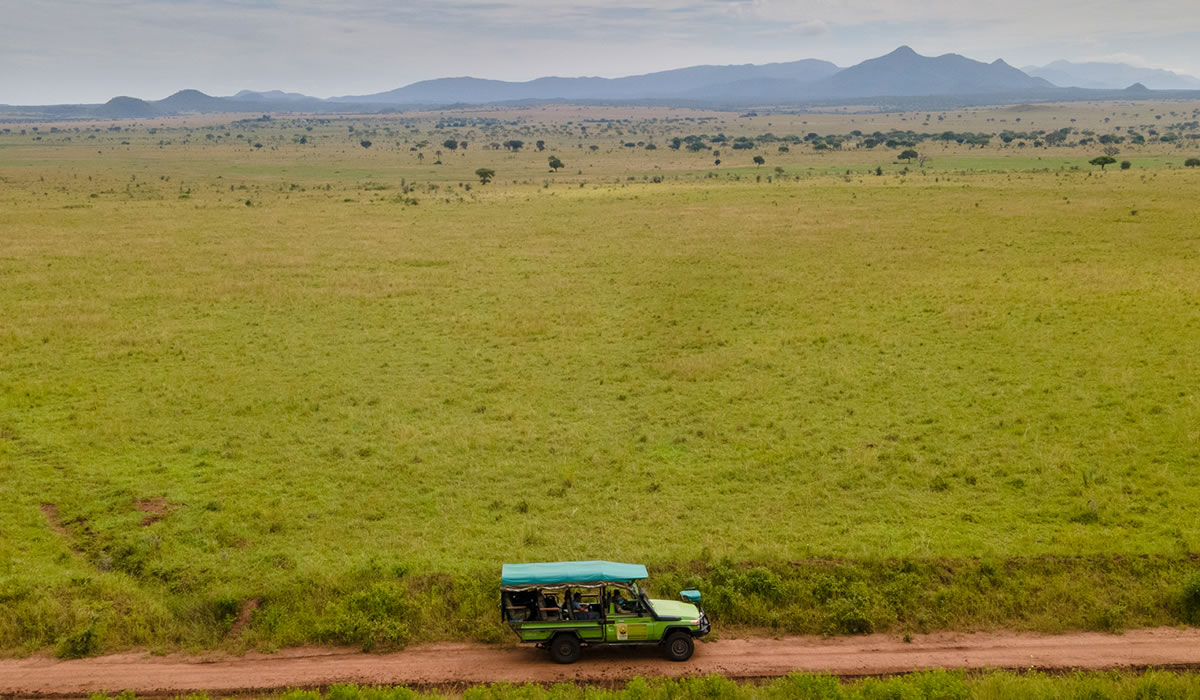When planning a safari or adventure holiday to Uganda, understanding the country’s weather patterns can…
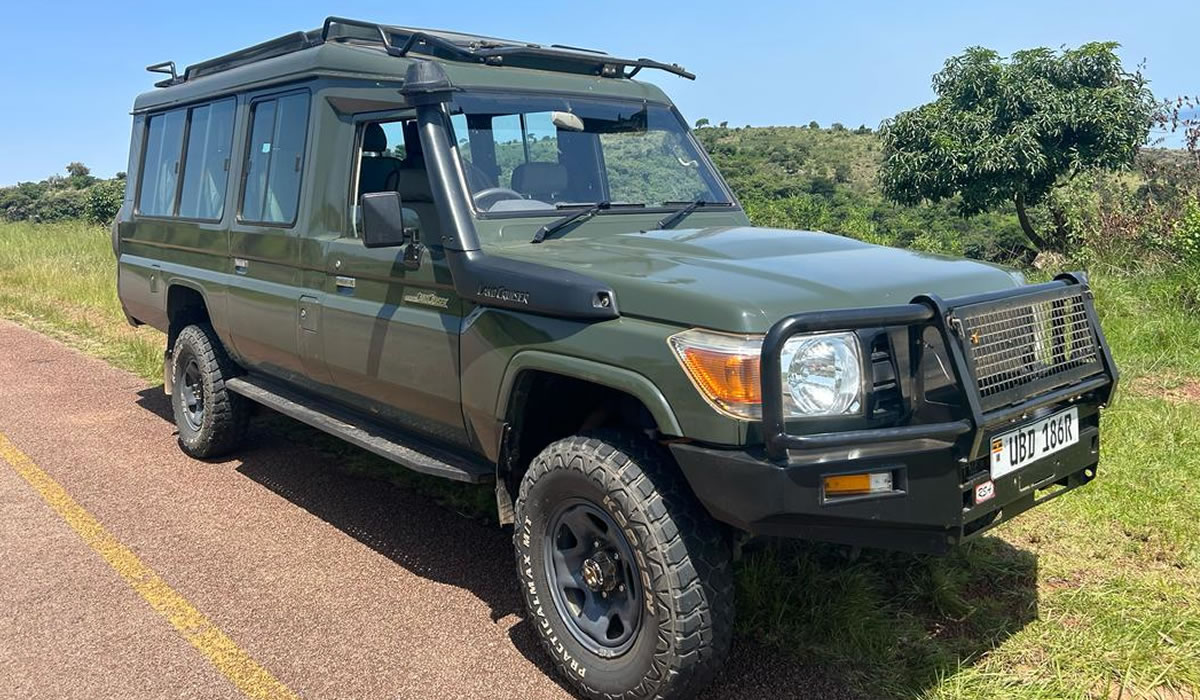
Travelling around Uganda is an adventure in itself. This East African country offers breathtaking landscapes, diverse wildlife, vibrant cultures, and welcoming people. From the misty mountains of Bwindi Impenetrable Forest to the shimmering waters of Lake Victoria and the bustling streets of Kampala, Uganda has so much to explore. But understanding how to get around the country is key to making the most of your journey. Whether you’re planning a wildlife safari, a cultural tour, or a road trip through the countryside, this guide offers everything you need to know about how to travel around Uganda.
Understanding the Transport System in Uganda
Uganda has a growing transportation infrastructure that connects cities, towns, national parks, and rural villages. However, the quality and availability of transport options can vary depending on where you are. While travel in urban centers is relatively straightforward, navigating remote areas may require more planning and patience. Common modes of transport include public minibuses, boda-bodas (motorcycle taxis), private car hires, buses, domestic flights, and tour vehicles.
When planning how to travel around Uganda, consider factors such as safety, comfort, distance, budget, and time. Let’s explore the main transport options available to tourists.
Domestic Flights in Uganda
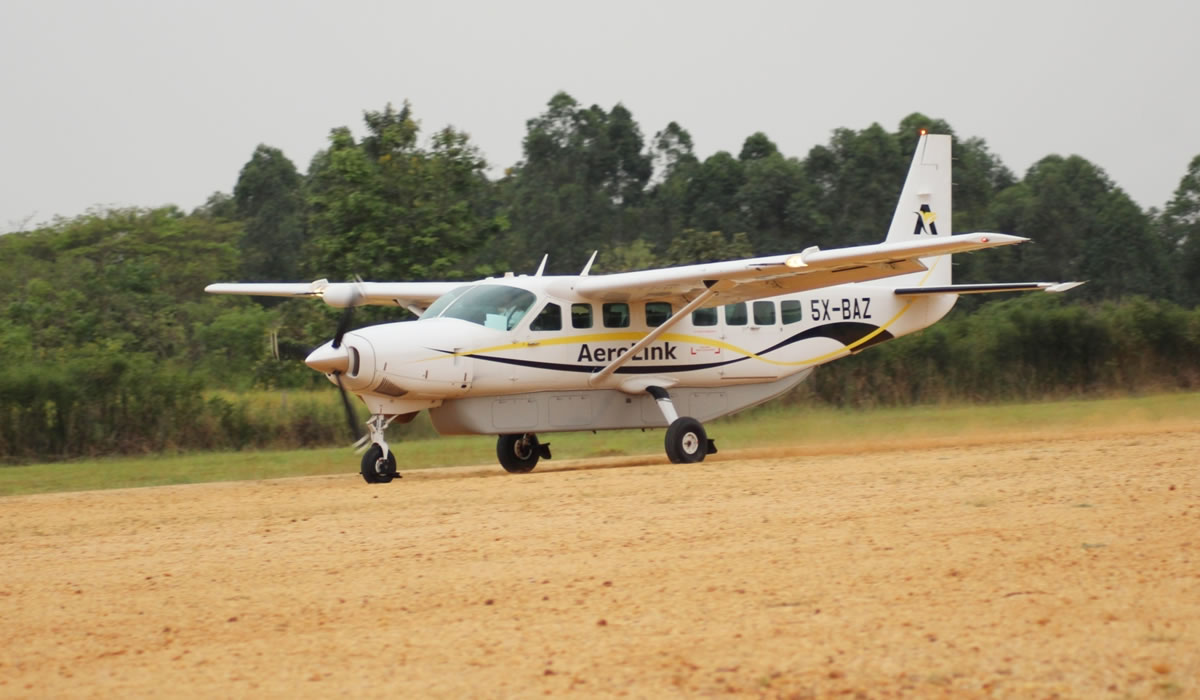
If you’re short on time or want to avoid long road journeys, domestic flights are a convenient way to travel around Uganda. There are several small airports and airstrips across the country that are serviced by domestic airlines.
Popular domestic flight routes include:
- Entebbe to Kihihi or Kisoro for gorilla trekking in Bwindi
- Entebbe to Pakuba for Murchison Falls National Park
- Entebbe to Kasese for Queen Elizabeth National Park and Rwenzori Mountains
- Entebbe to Arua or Gulu in northern Uganda
Airlines operating in Uganda include Aerolink Uganda, Eagle Air, and Bar Aviation. These carriers operate small aircraft, often Cessnas, that cater to both scheduled and chartered flights. While domestic flights can be expensive, they save considerable time and offer stunning aerial views of Uganda’s varied landscapes.
Traveling by Road in Uganda
Road transport is the most common and flexible way to explore Uganda. The country has a growing network of paved and unpaved roads, with major highways connecting the capital, Kampala, to other towns and regions. However, road conditions can be challenging in remote areas or during the rainy season.
Self-Drive and Car Rentals
Renting a car in Uganda is a popular option for tourists who want to explore the country at their own pace. Several reputable car rental companies operate in Entebbe, Kampala, and major towns. You can choose between self-drive and chauffeur-driven vehicles.
Key tips for renting a car in Uganda:
- A 4×4 vehicle is highly recommended, especially for safaris and off-road travel.
- International driving permits are required for foreign drivers.
- Drive on the left-hand side of the road.
- Be prepared for potholes, livestock on roads, and occasional police checkpoints.
Self-driving gives you the freedom to explore national parks, crater lakes, and off-the-beaten-path destinations, but it requires a sense of adventure and some experience with African road conditions. If you’re not comfortable driving, hiring a car with a local driver-guide is a safer and more informative option.
Buses and Coaches
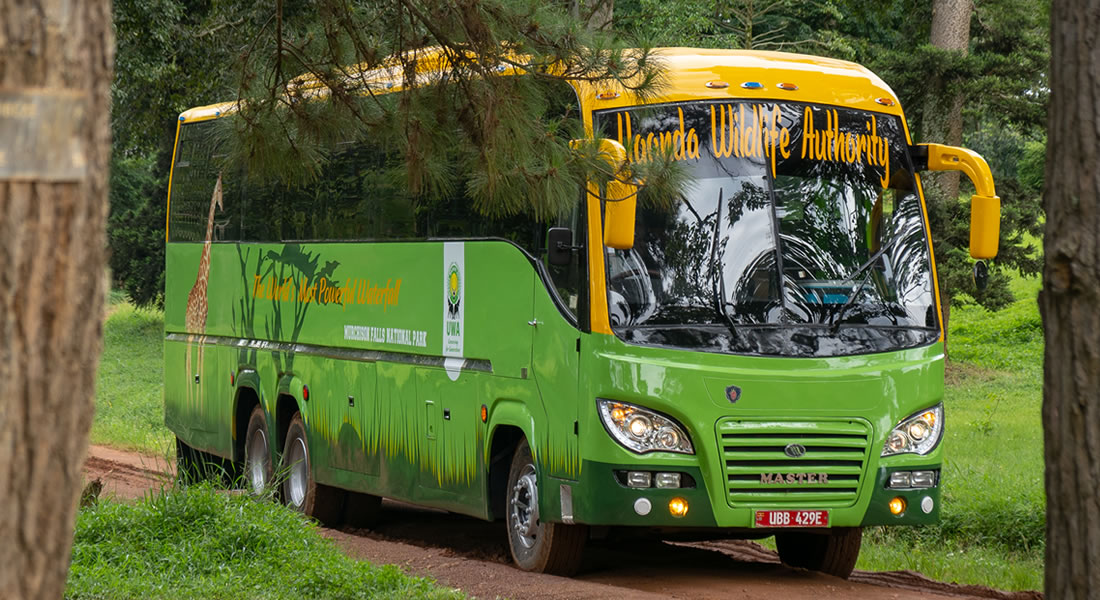
For long-distance travel between cities and towns, Uganda has several coach and bus companies offering affordable services. These include Kalita Bus, Gateway Bus, PostBus, and Link Bus.
Most buses depart from Kampala and serve major towns such as Gulu, Mbarara, Fort Portal, Mbale, and Kabale. The buses are relatively comfortable, and some companies offer air-conditioned coaches and reclining seats. Booking can be done at bus terminals or via local agents.
While buses are budget-friendly and widely used by locals, travel times can be long due to stops and traffic, and departure schedules are not always reliable. Still, it’s a good way to interact with Ugandan culture and observe the countryside.
Shared Taxis
Matatus are 14-seater minibuses that operate as shared taxis, following specific routes around towns and between nearby districts. They are the backbone of Uganda’s informal public transport system and are a cheap way to get around.
However, matatus can be overcrowded, poorly maintained, and prone to reckless driving. They are best suited for short distances within cities or between close towns. If you’re new to Uganda, using matatus may feel overwhelming, so it’s advisable to try them only with local guidance.
Boda-Bodas (Motorcycle Taxis)
Boda-bodas are one of the fastest and most flexible means of getting around towns and cities in Uganda. They can weave through traffic and access narrow streets that cars can’t reach. While boda-bodas are convenient and cheap, they come with significant safety risks due to poor road behavior and the lack of protective gear.
If you must use a boda-boda:
- Choose a registered operator or use ride-hailing apps like SafeBoda, which provide helmets and trained drivers.
- Always wear a helmet and avoid riding at night.
- Negotiate the fare before the ride if not using an app.
Boda-bodas are not recommended for long-distance travel or tourists unfamiliar with Uganda’s road dynamics.
Using Ride-Hailing Apps
Uganda has embraced ride-hailing technology, especially in Kampala and Entebbe. Apps such as Uber, Bolt, and SafeBoda offer safer and more reliable alternatives to traditional taxis and boda-bodas. You can order a car or motorbike ride through your smartphone, and the price is calculated upfront.
These apps are convenient, cashless, and offer a degree of accountability and security that traditional options lack. While availability may be limited outside major towns, they are a great option for short-distance travel in urban areas.
Travelling to National Parks and Safari Destinations
Uganda is home to some of the best wildlife parks in Africa, including Bwindi Impenetrable Forest, Queen Elizabeth National Park, Murchison Falls National Park, and Kidepo Valley National Park. Getting to these remote locations usually involves long drives on dirt roads, especially for gorilla and chimpanzee tracking.
Options for reaching national parks:
- Private tour operators: Many visitors opt for guided safari tours which include transportation, accommodation, and park entry. Tour companies use 4×4 safari vehicles and experienced guides.
- Domestic flights: As mentioned, some parks can be accessed by charter flights from Entebbe.
- Self-drive: With proper planning and a reliable vehicle, you can drive to most parks on your own. Make sure to carry extra fuel, a spare tire, and water.
Boat Travel in Uganda
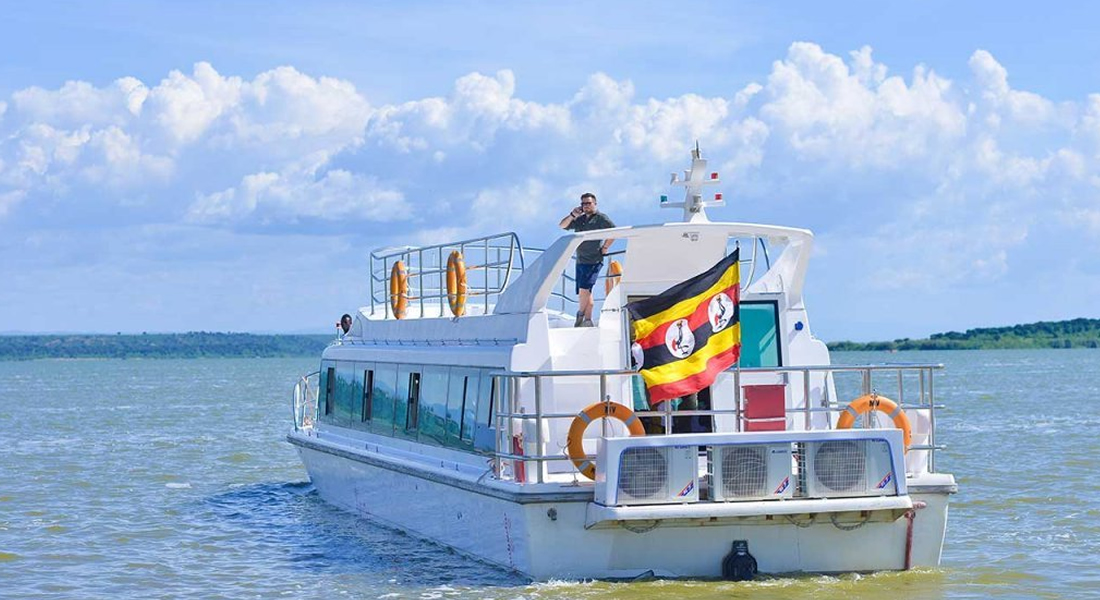
With Lake Victoria, Lake Bunyonyi, Lake Albert, and the River Nile, Uganda also offers water-based transport options. Ferries, canoes, and motorboats are used in many parts of the country for both local and tourist travel.
Notable boat transport options include:
- The ferry from Nakiwogo to Kalangala (Ssese Islands)
- Canoe rides on Lake Bunyonyi
- Boat safaris on the Kazinga Channel in Queen Elizabeth National Park
- Nile boat cruises in Jinja and Murchison Falls National Park
These options not only serve as transportation but also provide excellent sightseeing and wildlife viewing experiences.
Travel Tips for Moving Around Uganda
- Plan Ahead: Travel in Uganda can be unpredictable. Always allow extra time for delays, especially if you’re catching a flight or tour.
- Travel During Daylight: Avoid traveling at night, especially on rural roads. Poor lighting, potholes, and the risk of accidents make night travel unsafe.
- Use Reputable Operators: Whether it’s a taxi, safari company, or rental agency, choose businesses with good reviews and proper licensing.
- Be Culturally Aware: Interactions are more positive when you greet people politely and show respect for local customs.
- Stay Connected: Get a local SIM card for easier communication, navigation using Google Maps, and ride-hailing apps.
- Carry Cash: While mobile money and cards are accepted in some places, many transport providers still deal in cash. Keep small denominations for paying fares.
Travelling around Uganda is part of the adventure. The country’s transport options, though varied in quality, offer numerous ways to explore its natural wonders, rich cultures, and welcoming communities. Whether you’re flying to the Bwindi highlands for a gorilla trek, catching a boat to the Ssese Islands, taking a scenic road trip through western Uganda, or riding a boda-boda through Kampala’s bustling streets, Uganda offers experiences that are as rewarding as they are memorable.
By understanding the transportation landscape, planning well, and staying informed, you can travel safely and efficiently across Uganda. So pack your bags, plan your route, and get ready to discover the heart of Africa in all its beauty and diversity.


